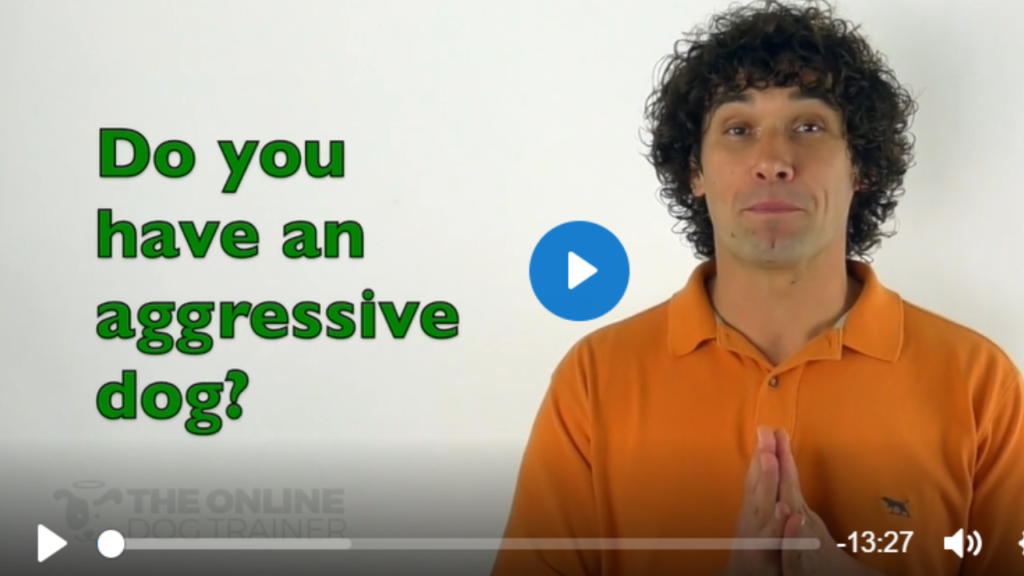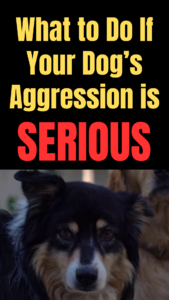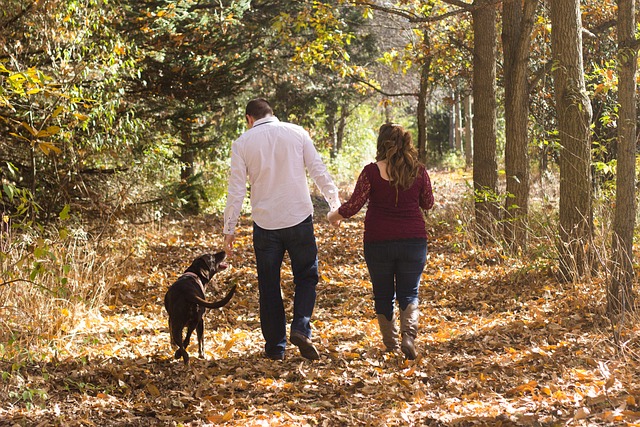I’m sorry you’re struggling with dog aggression and I truly hope I’m able to provide the solution for you and your dog. Dog aggression should always be taken seriously.
I’ll offer lots of help with dog aggression in this post, but please speak with your veterinarian or a dog behavior specialist if you’re frightened by your dog’s aggression. I’ll give you resources to find professional help at the end of this post.
This post contains affiliate links. If you make a purchase, I’ll earn a commission (at no extra cost to you). As an Amazon Associate, I earn from qualifying purchases. I donate 10% of my earnings to animal charities.
Help with Dog Aggression
This post includes:
- Dog Training Program Specifically for Dog Aggression
- 10 Dog Aggression Safety Tips
- Video: Dog Training for Aggressive Dogs (The Dog Calming Code Explained)
- Video: Do You Have an Aggressive Dog? (Professional Dog Trainer and Behavioral Specialist Explains Dog Aggression)
- 3 Free Professional Tutorials on Understanding Dog Aggression
- What to Do if Your Dog’s Aggression is Serious
- How to Find and Contact a Dog Behavioral Specialist for Help
- Information on Rehoming an Aggressive Dog
 Dog Training for Aggressive Dogs
Dog Training for Aggressive Dogs
First, I want to recommend a dog training program called, The Dog Calming Code, created by Professional Dog Trainer and Behavioral Specialist, Doggy Dan.
It’s a super effective program specifically created for dog aggression.
I’ll talk more about this program later in this post, but go ahead and check it out now if you like. Make sure to come back to this post for the rest of the information about dog aggression!
 10 Dog Aggression Safety Tips
10 Dog Aggression Safety Tips
It’s important to make sure people and other animals are safe while you’re incorporating proper training for your dog’s aggressive behavior. Use any or all of these 10 dog aggression safety tips:
1. If necessary, keep the dog separated from other members of the household by using child safety gates, screen doors or a crate. If you choose to crate your dog, please take advantage of this free tutorial on proper crate training first.
You might choose to keep the dog on a leash whenever a potential trigger may occur such as visitors or a package delivery. If it’s a new dog who is showing aggression, please watch this free tutorial on introducing household pets safely.
2. Confine your dog when you have visitors. Depending on the dog’s reaction, you may have to keep them confined for the whole visit. If your dog will settle down once the visitors arrive, put the dog on a leash and keep them next to you.
Visitors should not be allowed to interact with the dog unless/until it’s appropriate and safe.
3. A basket muzzle can provide added safety if you’re unsure about your dog’s potential for aggression. Visitors should not approach or pet your dog if the dog is wearing a muzzle. Petting a muzzled dog can potentially cause an increase in fear and a greater risk of the dog biting.
You can purchase a basket muzzle here.
4. Don’t leave the dog unsupervised with people or other animals inside or outside of the house. If there is a risk of aggression, your dog should always be supervised by an adult when outdoors.
If you do not have a securely fenced yard, your dog should remain leashed until training is complete. You may use a long line attached to a harness so your dog can still play.
5. Make a of list of situations where your dog has shown aggression. These would be incidents where the dog was growling, snarling, snapping or biting. Maybe this happens during walks, when they see another dog, when people approach, when you have house guests.
Until you get your dog’s aggression under control with proper training, try to avoid these situations.
6. Make sure your dog gets plenty of mental and physical stimulation to help burn up excess energy that may result in frustration and/or aggression. Walk your dog frequently (with a basket muzzle to avoid risk if necessary), provide the dog with chew toys, and play with the dog if they’ll play safely.
When walking your dog, keep them restrained on a leash and remain a safe distance from people and other animals. Again, use a basket muzzle if necessary to avoid risk.
7. Do leash training with your dog to reduce aggressive behavior while walking your dog. You can take advantage of a very thorough, effective and free leash training tutorial here.
8. Start teaching your dog some commands so you can get ahead on building comunication with your dog while you’re incorporating dog aggression training. There’s a free dog training course from TrainPetDog that will help you teach your dog to understand commands. You can access it here.
9. See your veterinarian. Any dog who has shown aggression should be examined by a veterinarian to rule out any medical problems. Pain, thyroid problems, illnesses, and hormonal imbalances can cause an otherwise friendly dog to behave aggressively.
If a medical issue is discovered, the aggression might resolve on its own once the condition is treated.
10. Spay or neuter the dog. Spaying or neutering your dog can have a positive effect on behavioral issues. Make an appointment with your veteriarian or read this post about finding free and low-cost spay/neuter services.
You might also like to read this blog post from Professional Dog Trainer, Doggy Dan, about neutering your dog.
 The Dog Calming Code for Aggressive Dogs
The Dog Calming Code for Aggressive Dogs
The Dog Calming Code was created by Professional Dog Trainer and Behavioral Specialist, Doggy Dan. Doggy Dan is the owner of the dog training website, TheOnlineDogTrainer.com.
Doggy Dan has been my #1 recommendation for dog and puppy training for more than eight years because his training methods are effective, easy-to-follow and kind. Watch my video explaining what The Dog Calming Code is and how it works.
WATCH MY VIDEO: dog training for aggressive dogs
How Does The Dog Calming Code Work?
Here’s what The Dog Calming Code will do for you and your dog:
1. Sets Up a Healthy, Loving and Trusting Relationship Between You and Your Dog.
2. Makes Training Your Dog Easier Because of That New Relationship/Trust.
3. The Dog Calming Code is Dog Training That Actually Makes Sense To Your Dog!
4. The Dog Calming Code Builds Tolerance, So Your Dog Won’t Be So Quick to React to Regular Triggers.
5. The Result of Doing The Dog Calming Code Training is a Calm Dog.
For more details about what The Dog Calming Code is and how it works, read my complete review here.
What is Dog Aggression?
Professional Dog Trainer and Behavioral Specialist Explains Dog Aggression
Watch this video where Doggy Dan explains exactly what goes on in a dog’s brain when they’re behaving aggressively. It’s not only surprising, but it really sheds light on why dogs are aggressive and why his training for aggression is so effective.
Understanding Dog Aggression
Doggy Dan has several free tutorials that really help dog owners to understand dog aggression. I hope you’ll take advantage of these. The more you know, the better prepared you are to successfully train your dog!
3 Common Misconceptions About Dog Aggression
Dog on Dog Aggression Solved: Two Dogs Who Tried to Kill Each Other
Putting an End to Aggressive Behaviors in Rescue Dogs
Never Punish Your Dog for Aggressive Behavior
Always be kind and loving with your dog. Punishing the dog may seem to be effective in the short-term. But studies show that punishment-based training techniques for aggression can increase aggressive behavior.
Techniques like using physical force, prong collars or shock collars to deal with aggressive behavior, as well as screaming at the dog, are not effective. Read this blog post from Doggy Dan for more information about the dangers of punishing your dog.
What to Do if Your Dog’s Aggression is Serious
Teach your dog to be comfortable wearing a basket muzzle. This type of muzzle allows a dog to drink water, pant, and receive treats while preventing biting.
It is highly advisable to get a professional trainer and/or dog behaviorist involved. Professional trainers and behaviorists can provide valuable insight into your dog’s behavior, and they can often detect subtle clues and triggers that you may be unable to discern.
The following resources can assist you in looking for a certified dog trainer in your area: Trainer Search from the Association of Professional Dog Trainers and the Certification Council for Professional Dog Trainers.
But don’t use just any dog trainer…
Consult with a Certified Dog Behaviorist. Not all dog trainers (I’d venture to say most local dog trainers) aren’t skilled in effectively dealing with dog aggression. To learn more about finding a certified behaviorist, talk to your veterinarian or go to Certified Applied Animal Behaviorists or the American College of Veterinary Behaviorists (ACVB).
Veterinarians who are board-certified in dog behavior have undergone extensive training and education in animal behavior. You can also find a consultant through the International Association of Animal Behavior Consultants (IAABC).
If you’re not able to find a dog behaviorist in your area, some of the behaviorists listed with the ACVB and IAABC will do remote consultations with you and your veterinarian. Don’t be afraid to ask!
Rehoming an Aggressive Dog
Rehoming might be the best option if the dog’s aggression is causing too much stress or uncertainty.
The dog can be placed in a new environment where they will be more likely to succeed and display positive behaviors.
Please speak with your veterinarian or a certified dog trainer for advice on safely rehoming your dog. Not only to keep potential new owners safe with your dog, but to prevent your dog from getting into serious trouble in their new home.
For more information on whether you should rehome your dog, watch this extremely helpful video.
I Donate to Animal Charities
Thank you for visiting my website. I hope the information I’ve provided in this post helps you get control of your dog’s aggression.
I donate 10% of my earnings to animal charities. You can see a list of the charities I donate to here.
If you found my site to be helpful, please share it with your friends and family.
*Special thanks to these information sources:
BestFriends.Org
VCAHospitals.com
TodaysVeterinaryPractice.com
Petsradar.com
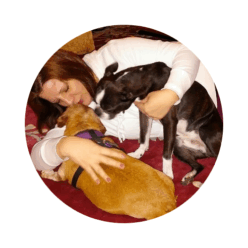

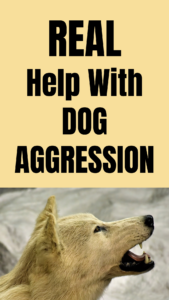
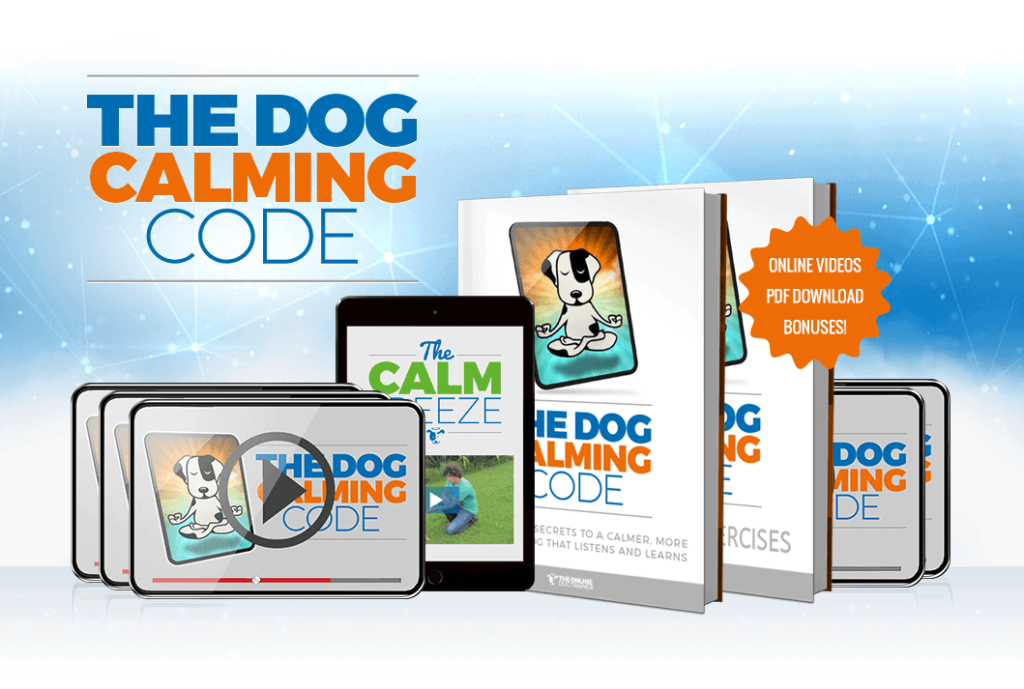

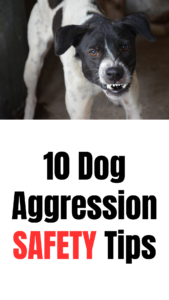 10 Dog Aggression Safety Tips
10 Dog Aggression Safety Tips

